Today, the biggest news comes from the Russian Federation.
Here, the Pentagon has cleared the transfer of Tomahawk cruise missiles to Ukraine just as Russia reels from one of the largest waves of energy strikes of the war. The timing could hardly be more perfect, as while American officials finalize paperwork, Ukrainian missiles have already plunged parts of Russia, including Moscow, into darkness.
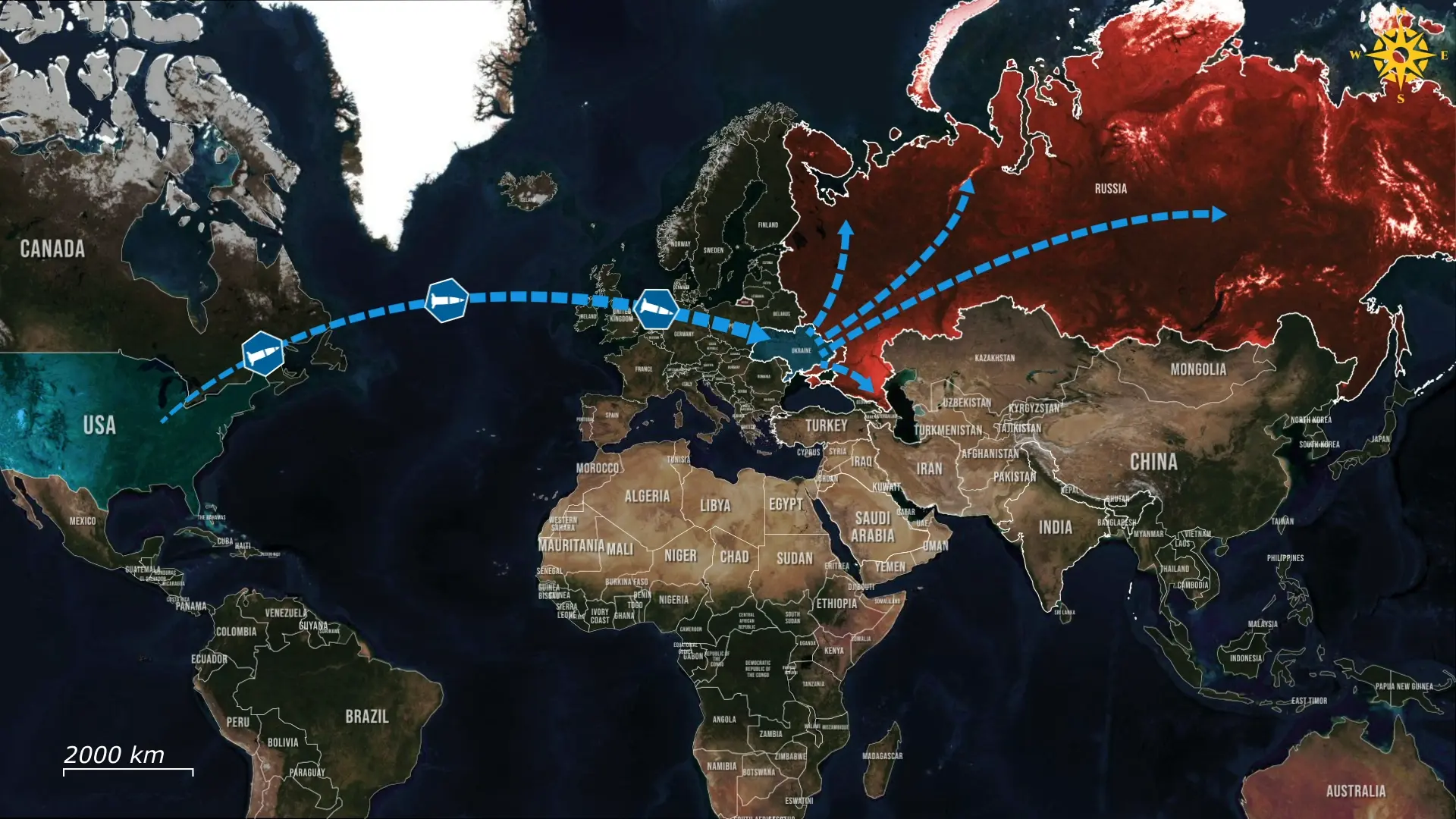
The Pentagon’s clearance means all technical and logistical checks for the Tomahawk handover are complete, leaving only the presidential signature as the final holdup. The system, with a range of roughly 1,600 kilometers, would allow Ukraine to reach virtually any critical target within Russia. Ukraine is actively preparing for the deliveries, so they can be used as soon as they arrive in the country, as Kyiv has already begun experimenting with strike coordination, precision mapping, and damage modelling to learn how best to exploit the new range once it is authorized.
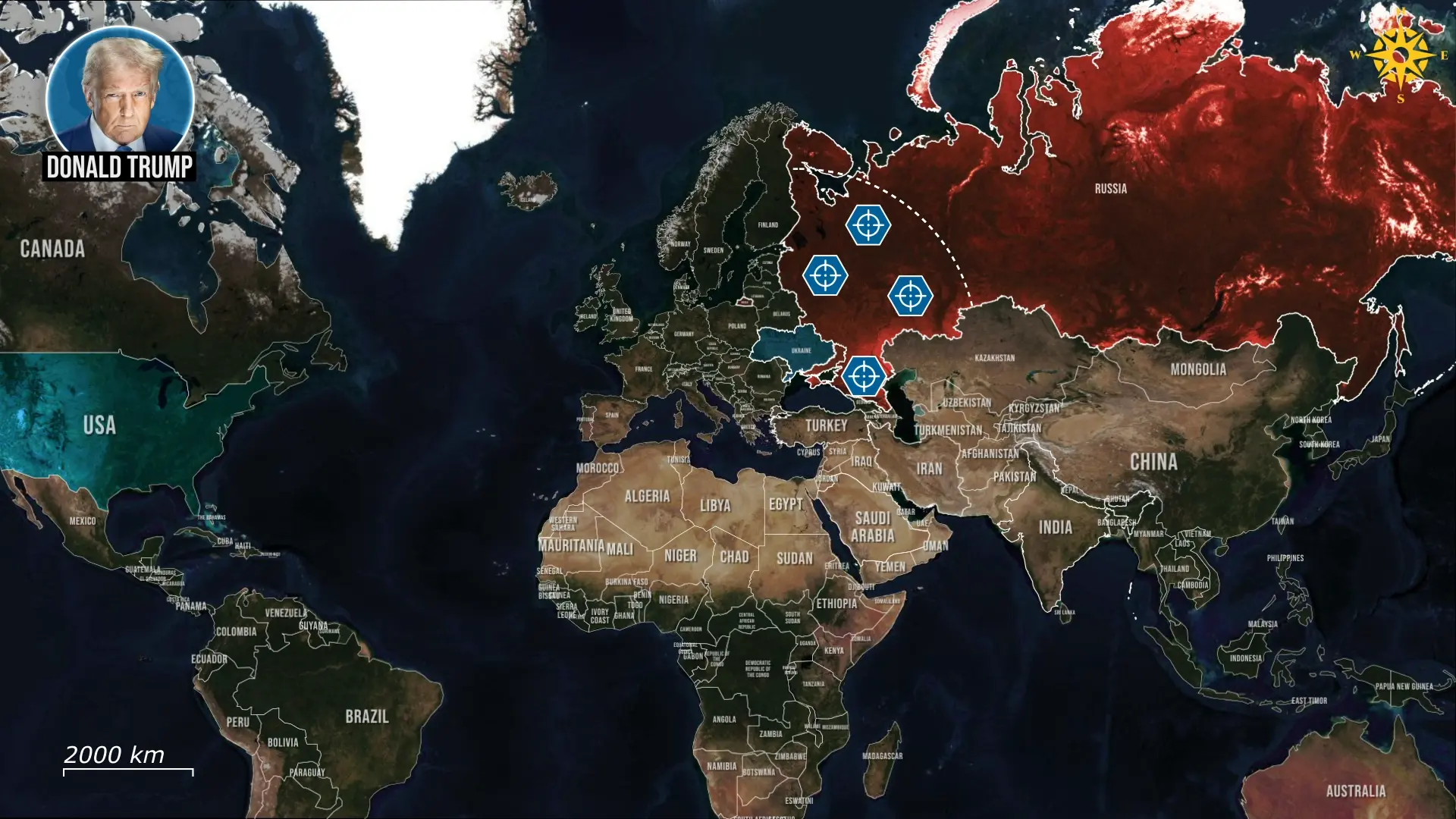
The first clear demonstration came with the Neptune missile strikes on Russia’s energy grid, when Ukrainian forces hit the Oryol thermal power plant and the 750-kilovolt Vladimir substation, crippling two of the most important nodes in central Russia’s grid. The Oryol plant alone supplied around 40 percent of the region’s electricity and two-thirds of its central heating, meaning the attack instantly cut power and hot water to several districts. Footage from the scene showed one of the cooling towers partially destroyed and the switchyard in flames. In Vladimir, multiple explosions tore through the substation that powered industrial facilities tied to Russia’s defense sector. The scale and precision of these strikes marked the first successful use of the domestically upgraded Neptune against deep inland Russian infrastructure, a test run for what Tomahawks could later achieve on a national scale.

The damage extended far beyond these two sites, as a total blackout hit the Russian-controlled Luhansk region after the Shchastia thermal power plant went offline, while emergency cuts were reported near Moscow in the town of Zhukovsky following fresh drone activity. In the capital’s suburbs, residents filmed entire districts without light, and Russia’s electricity-dependent rail transport systems were disrupted until power could be restored. Russia’s grid operators described the situation as a malfunction, but the pattern of fires, smoke, and power loss left little doubt that coordinated Ukrainian strikes were underway. For Kyiv, this was proof of concept that a precision campaign can simultaneously hit energy, heating, and logistics hubs hundreds of kilometers apart.

The following nights confirmed that Ukrainian strike forces pressed their momentum, as drones and missiles swept across a wide arc, hitting the Tuapse oil terminal on the Black Sea coast, where explosions ignited storage tanks at the main berth. In Lipetsk, a 500-kilovolt substation was struck, cutting power to industrial lines that feed regional metallurgy plants.

Further north, Bryansk and Kursk experienced successive explosions at the Novobryansk and Zheleznogorsk substations, resulting in cascading failures along the western grid. In Crimea, powerful hits set the Simferopol thermal power plant ablaze, while in occupied Melitopol and Berdiansk, substations powering Russian army communications and radar systems were destroyed. Ukrainian commanders estimated that these operations disabled approximately 5,000 megavolt-amperes of generating and transmission capacity in a single, coordinated series of raids.

As substations were knocked out one after another, parts of the remaining Russian grid, particularly in the Far East, began to overload, triggering failures in Russia’s far eastern provinces. Each strike compounds the next, eroding Russia’s ability to sustain both civilian infrastructure and the industries feeding its war effort.
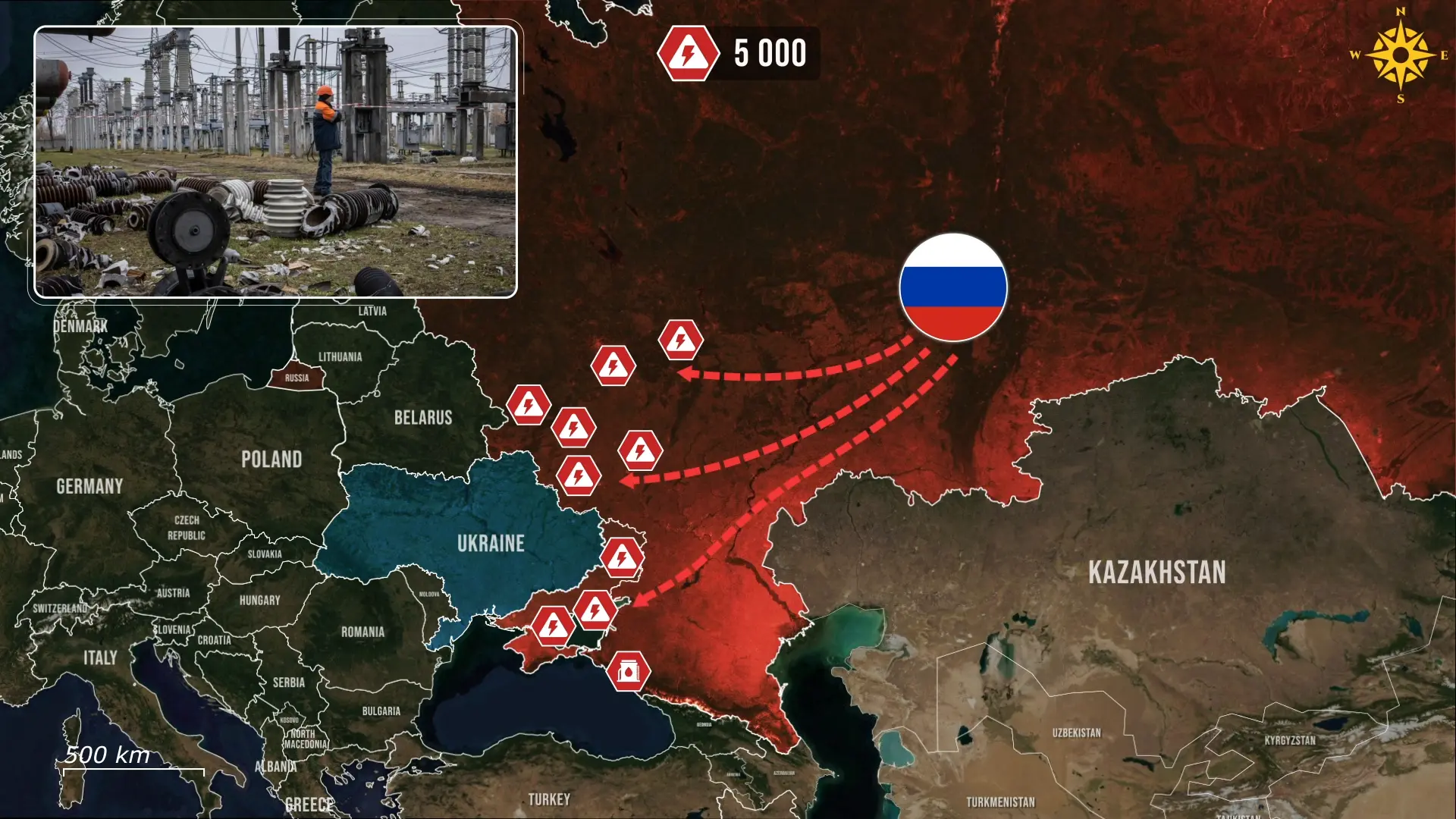
Overall, Ukraine’s energy strike campaign has evolved into a strategic weapon in its own right, one that tests the very limit of Russian resilience. The blackout around Moscow is not just a technical failure but a glimpse of what sustained long-range pressure could look like once Tomahawks arrive. If the transfer is approved, Ukraine will gain the means to reproduce this level of damage across Russia’s heartland with far greater precision and frequency. For Moscow, the challenge is no longer simply defending refineries or front-line depots, but protecting an entire national grid under siege. The war is shifting from the trenches to the transformers, and the outcome will increasingly be measured not in territory gained but in the power that still stays on when night falls.
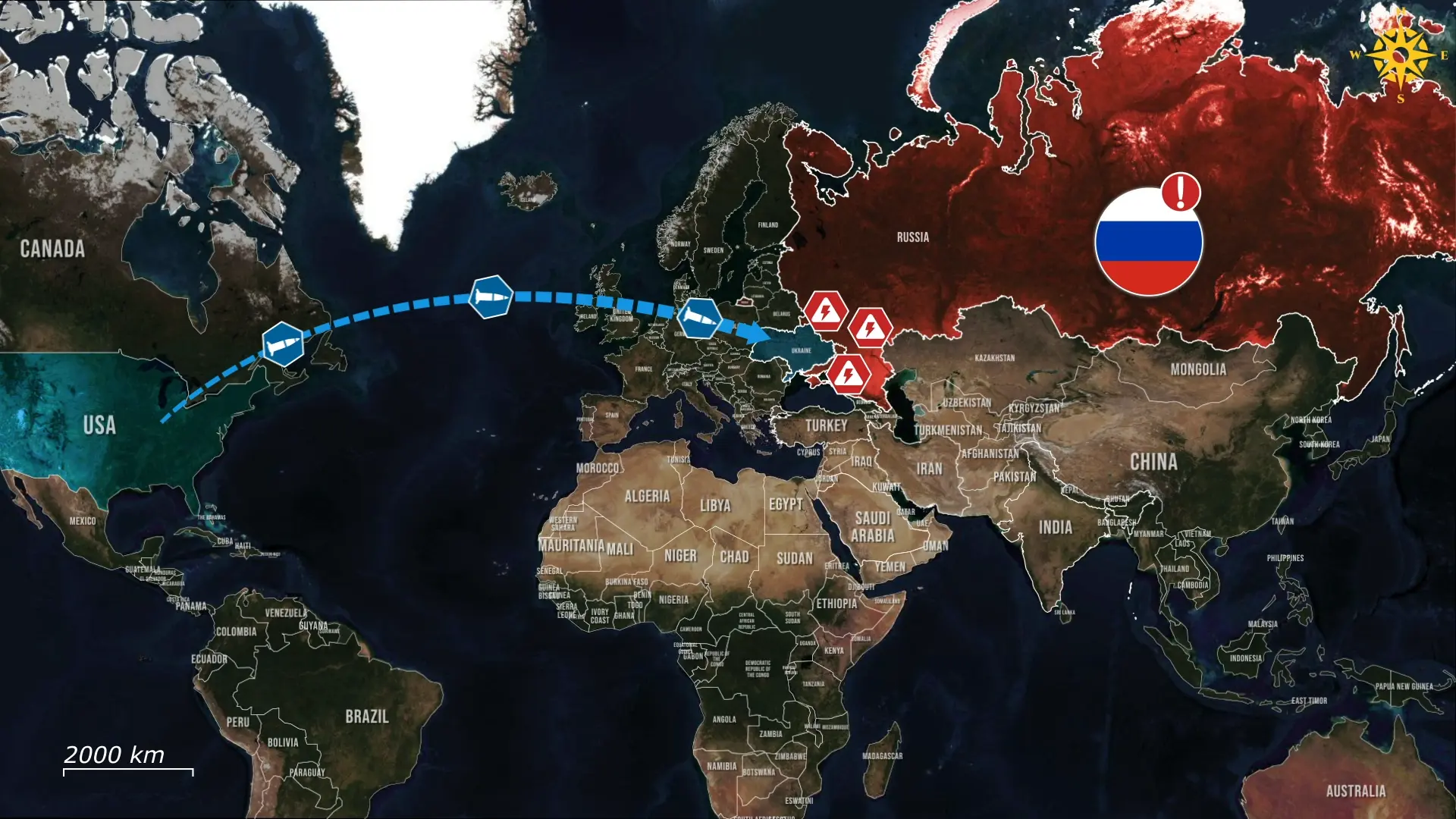








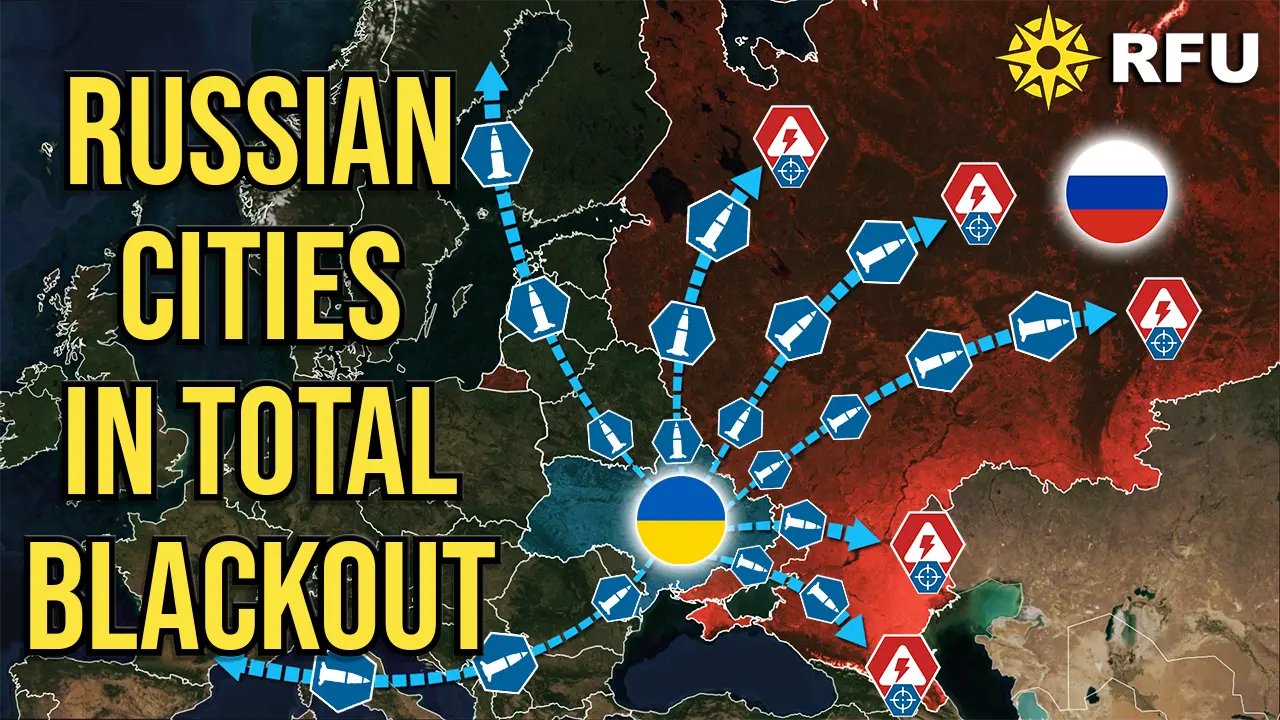
.jpg)

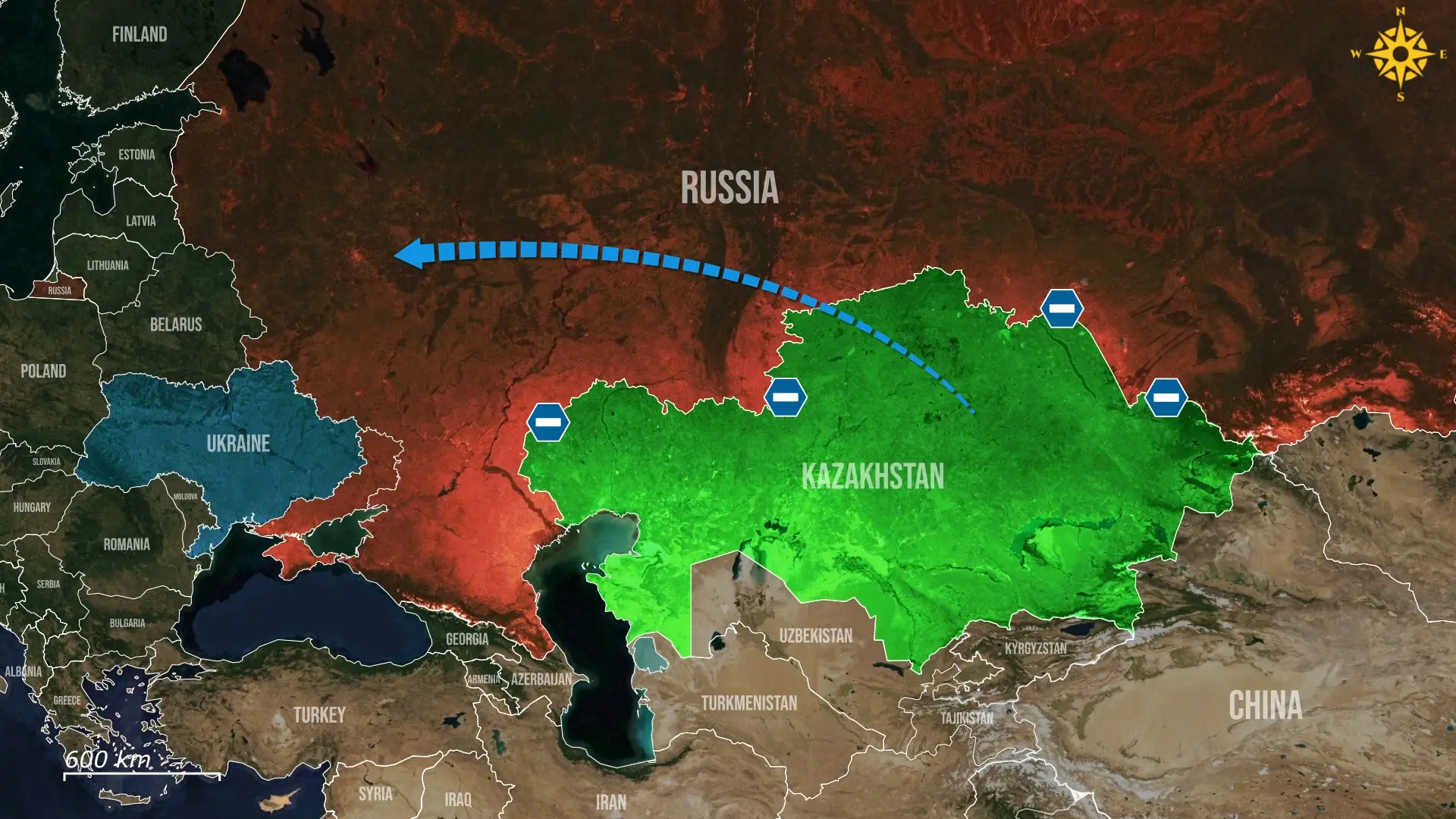

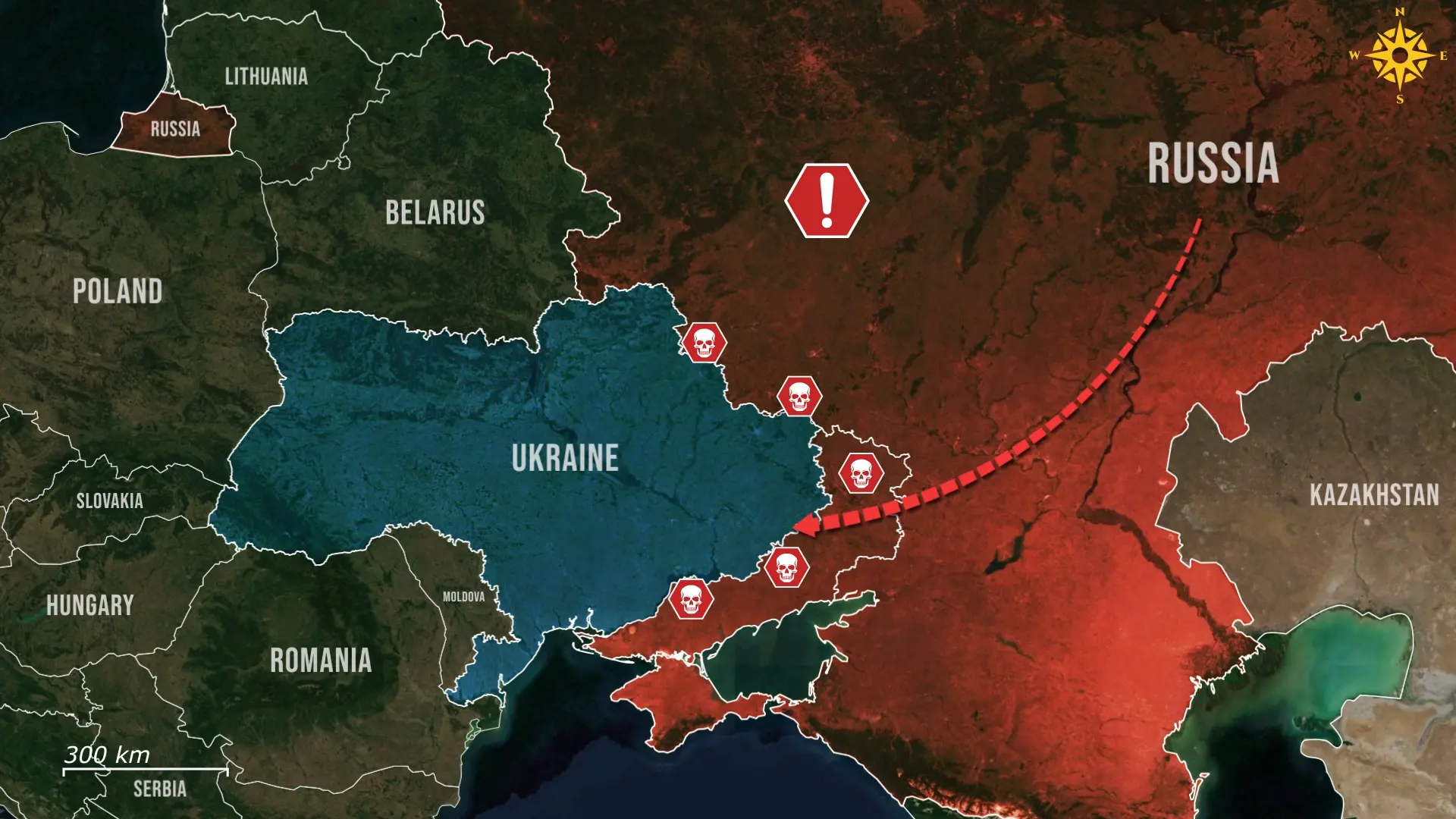

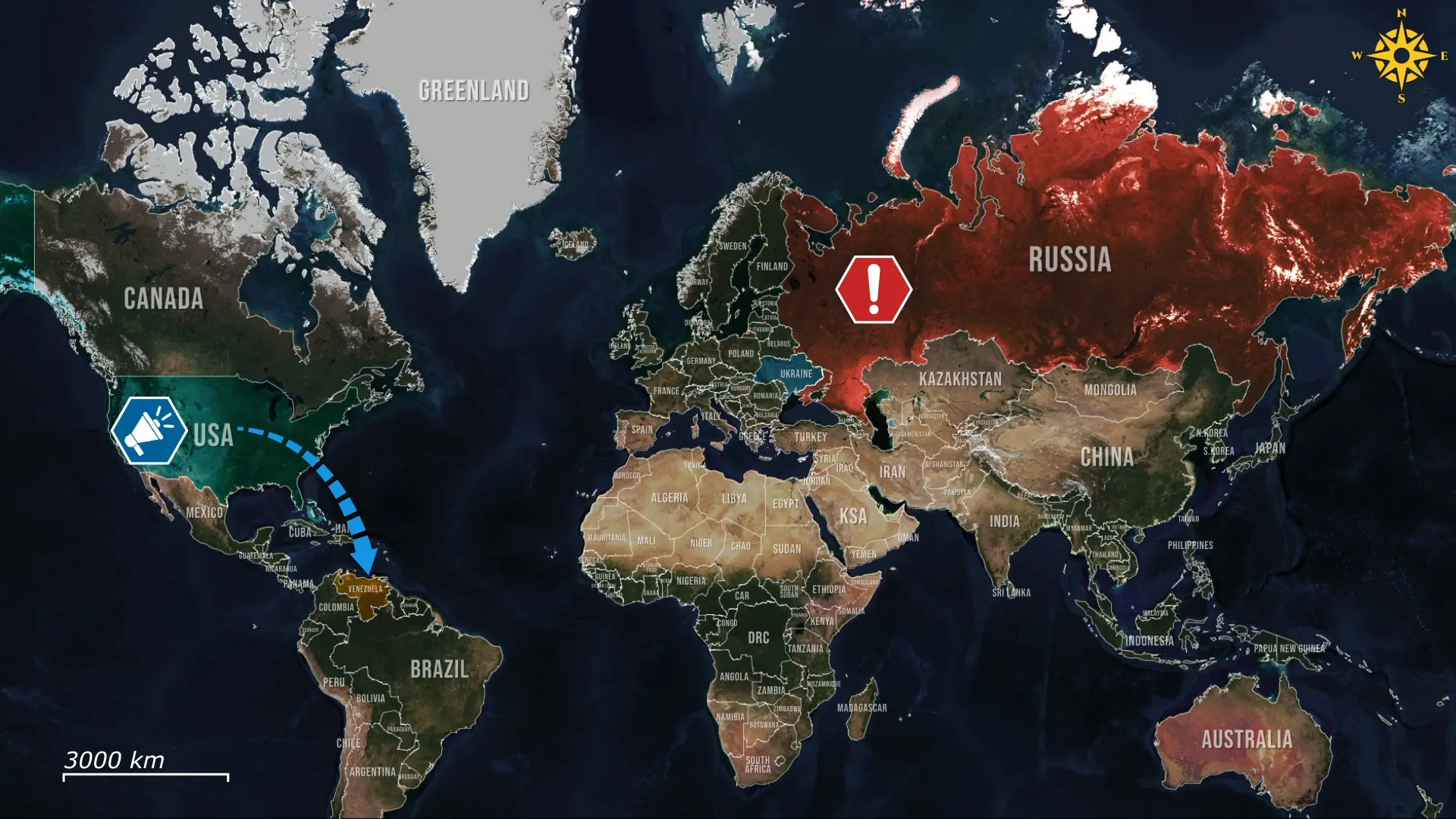
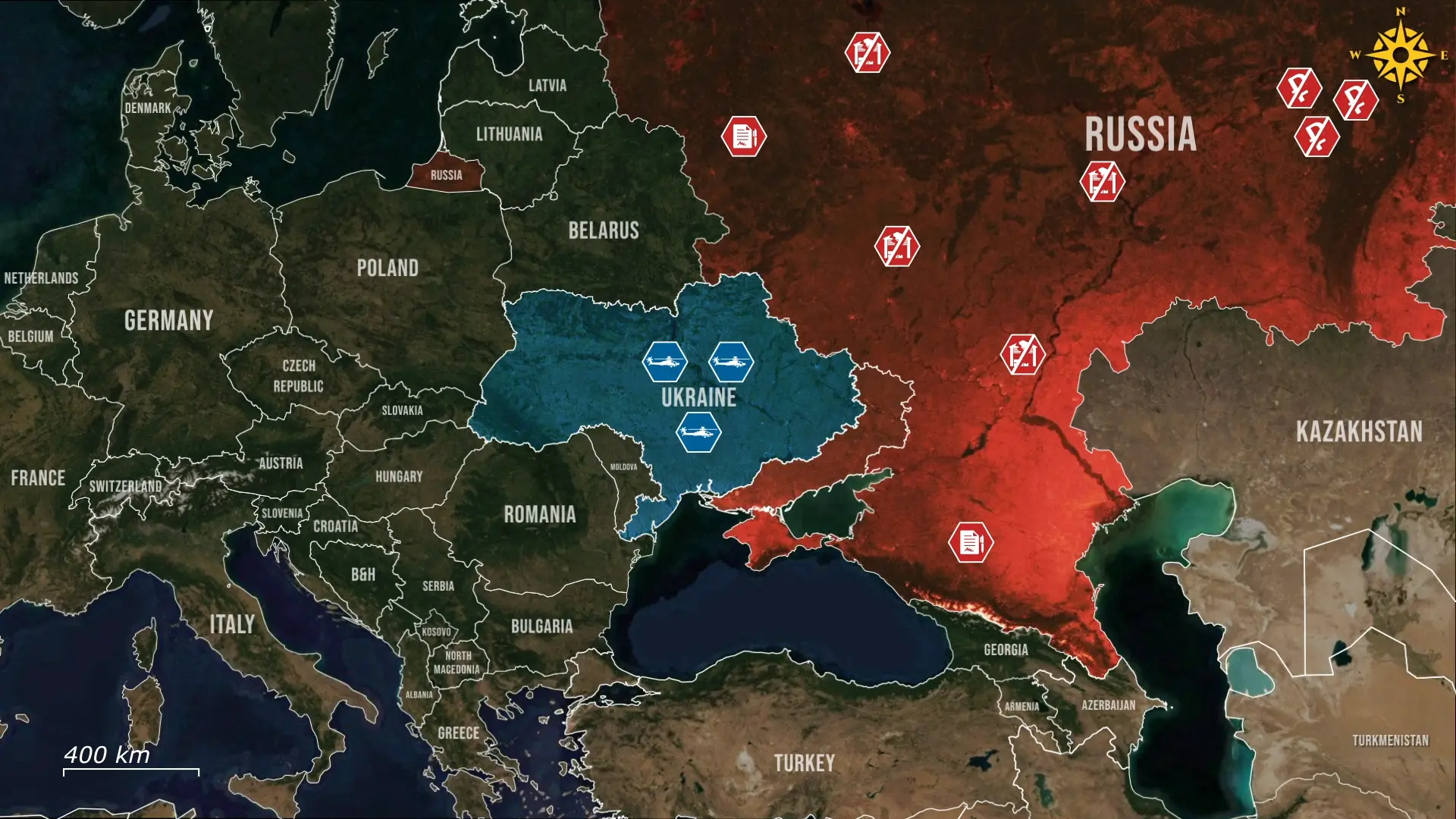
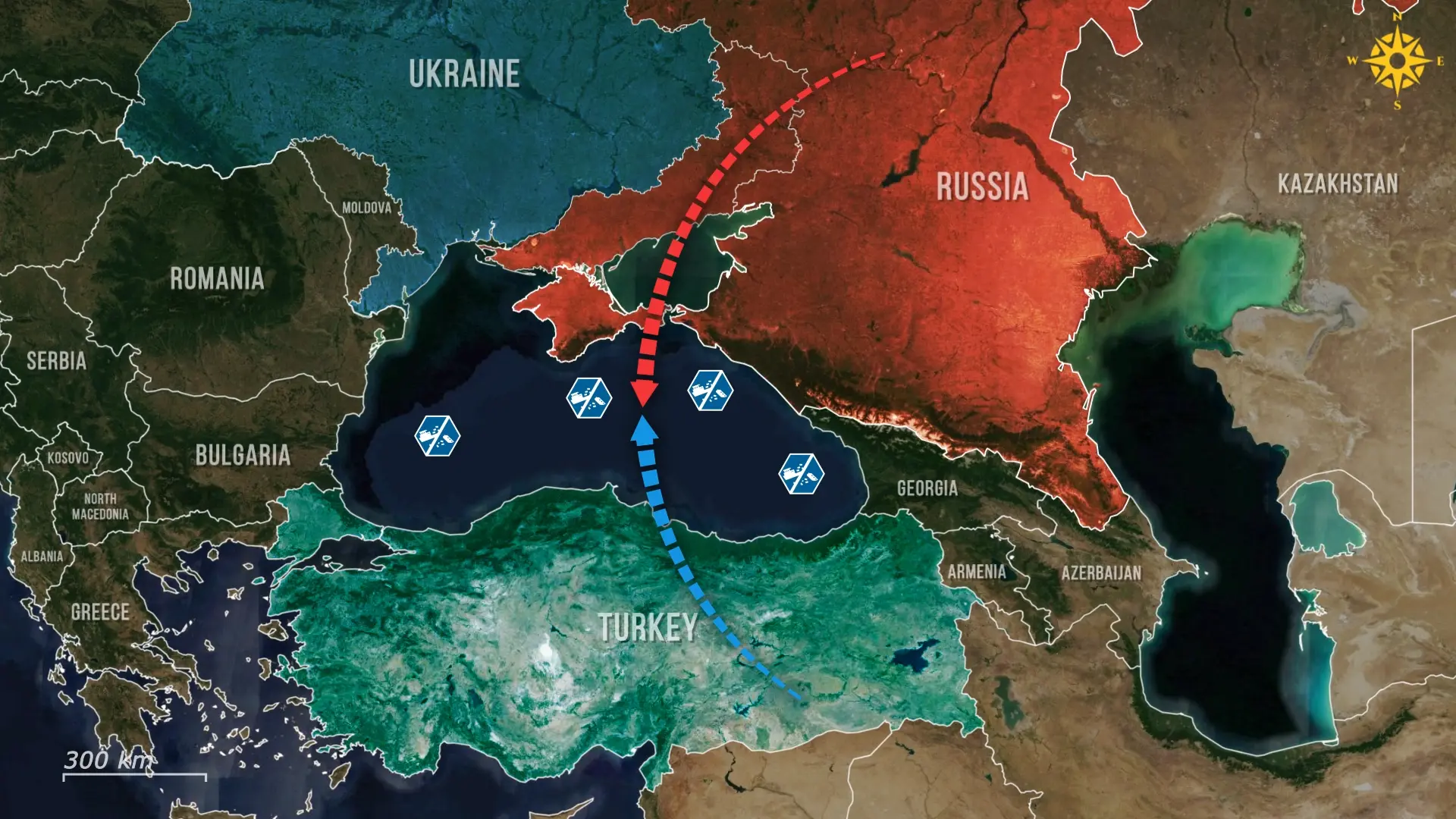
Comments